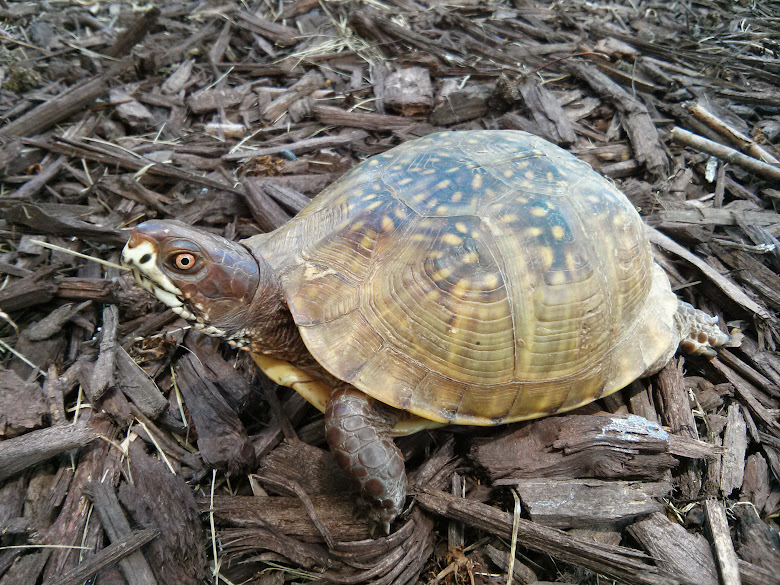johnsonnboswell said:Box turtles are omnivores. They eat fruits and vegetables and mushrooms and live foods such as bugs, worms, slugs, snails, eggs, meat, fish... Given a chance, they'll eat carrion and pinky mice, too.
I would not trust my RTs to self select a diet that is good for them and ignore berries or banana or sweet potatoes, etc. Pretty much everything they are supposed to avoid is on the BT menu.
My tortoises eat all of those things, too, just as they would in the wild.

